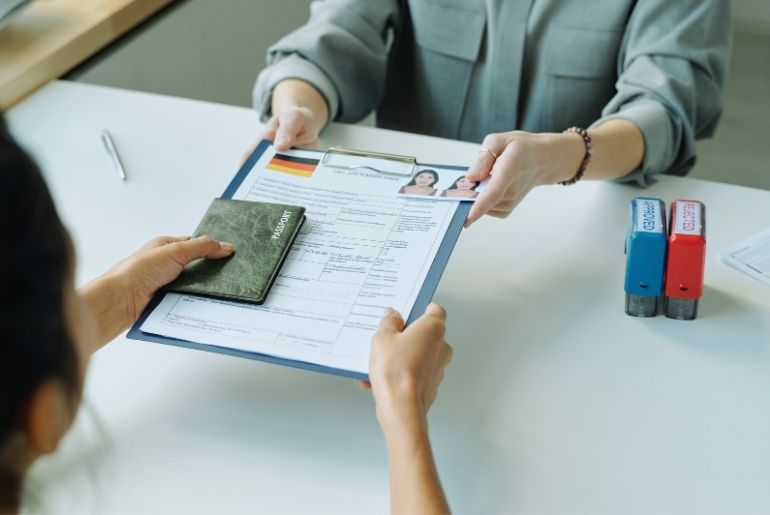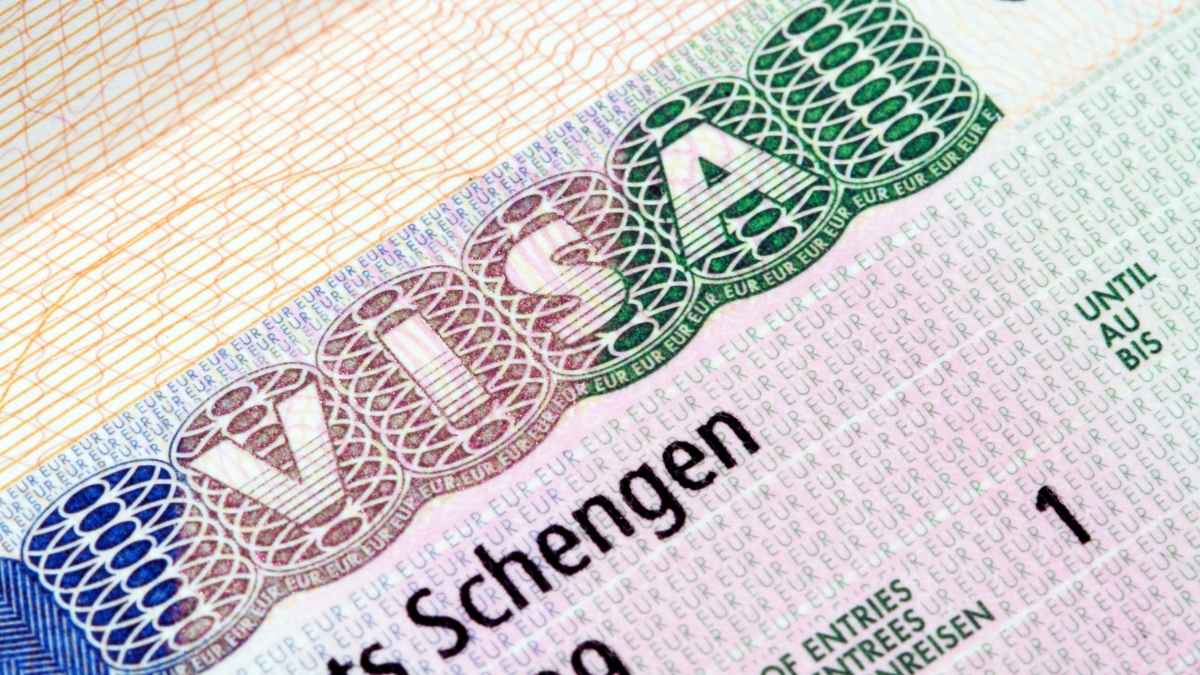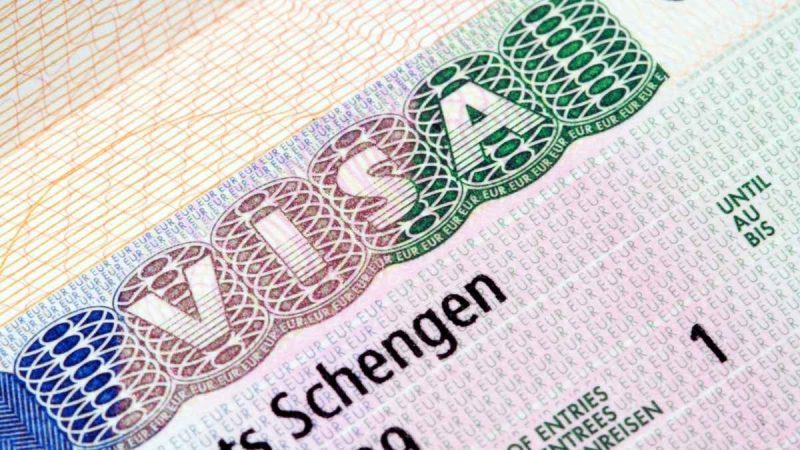The Schengen visa process is set to become quicker and more efficient as the European Union has decided to go fully digital. People will no longer have to wait in line for paperwork, as now travellers will get an encrypted 2D digital barcode that will make their visa process seamless. These new changes are expected to be in action by 2028. Read to know the details.
Schengen Visa Process To Go Digital

According to Economic Times, the European Union has decided to replace traditional visa stickers with an encrypted 2D digital barcode that will enhance security, promote a tech-friendly approach, and make the application process quicker. While first-time travellers to Europe will have to visit the embassy to give biometrics, the new change will be applicable for visitors who have visited before.
During the 2024 Paris Olympics, France issued 70,000 digital Schengen visas with a barcode on a trial basis. After the complete implementation of this new system, travellers will be able to scan these barcodes at borders and their personal and visa details will be directed to the EU database.
With the barcode, the applicants can apply for a visa by uploading documents, paying fees, and tracking status online. Once the process is complete, the applicants will receive a digitally signed barcode visa.
Also Read: Indias First Visa Sale Is Here! Get Visas To 15+ Countries For Just ₹1 With Atlys; Deets Inside
European Union’s Two New Border Rules For Schengen Visa
As per NDTV reports, the European Union is planning new border rules to make travel more seamless for modern travellers.
1. Entry/Exit System (EES)
From October 2025, instead of stamping passports at borders, biometric checks will be in place. The authorities will use fingerprints and face scans to record your entry and exit from Schengen areas.
2. European Travel Information and Authorisation System (ETIAS)
EU is planning to implement this system by 2026, especially for travellers from USA and UAE. Under this system, travellers have to fill out an application before their trip.
Moreover, under the EU’s new “cascade” system, Indian travellers, who have already used a Schengen visa twice within three years, can opt for a long-term visa. The long-term visa is valid for two to five years.
At a time when most things are going digital, it’s good to see the EU making efforts to make the travel process easy. The implementation of the digital Schengen visa will take time and we can’t wait for it!
Cover Image Courtesy: Canva Pro/ GA161076 (Representative Image)





